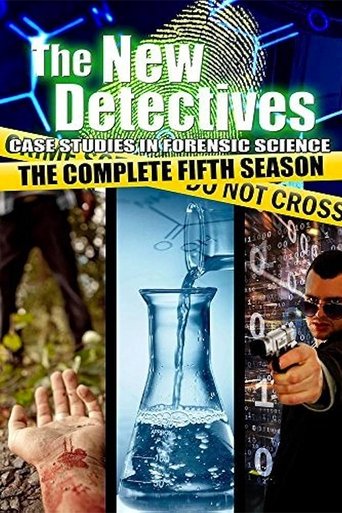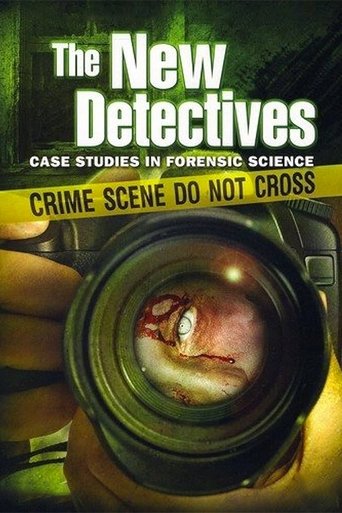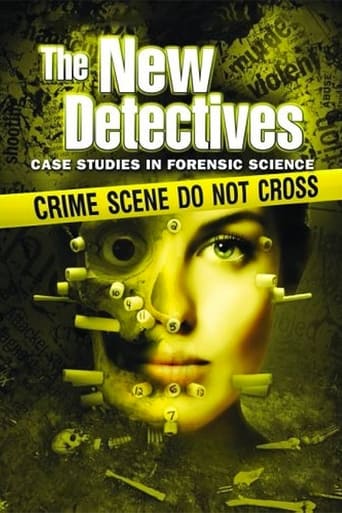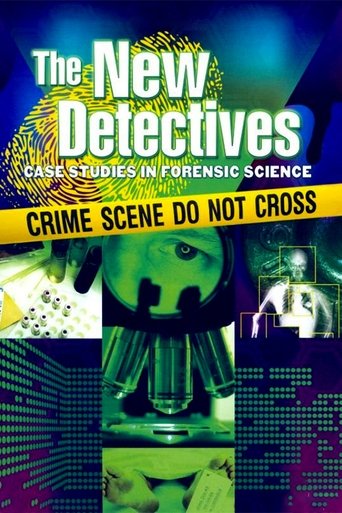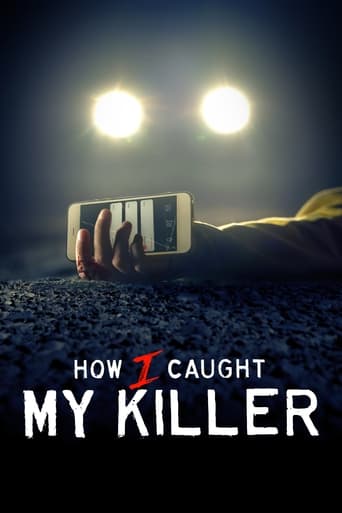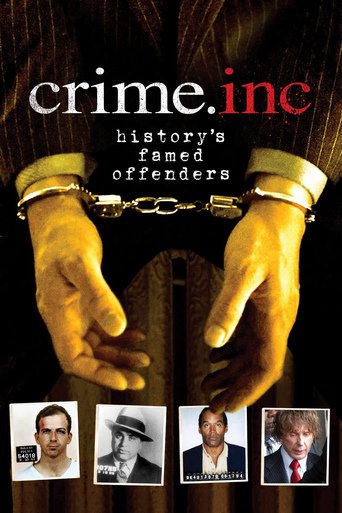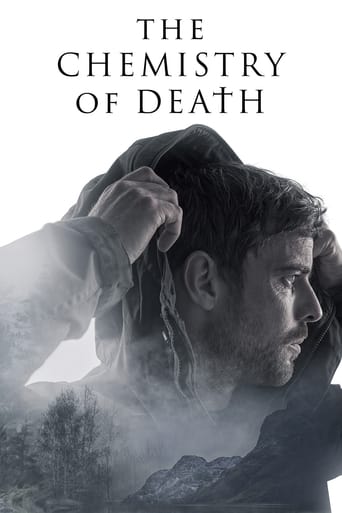The New Detectives Season 7
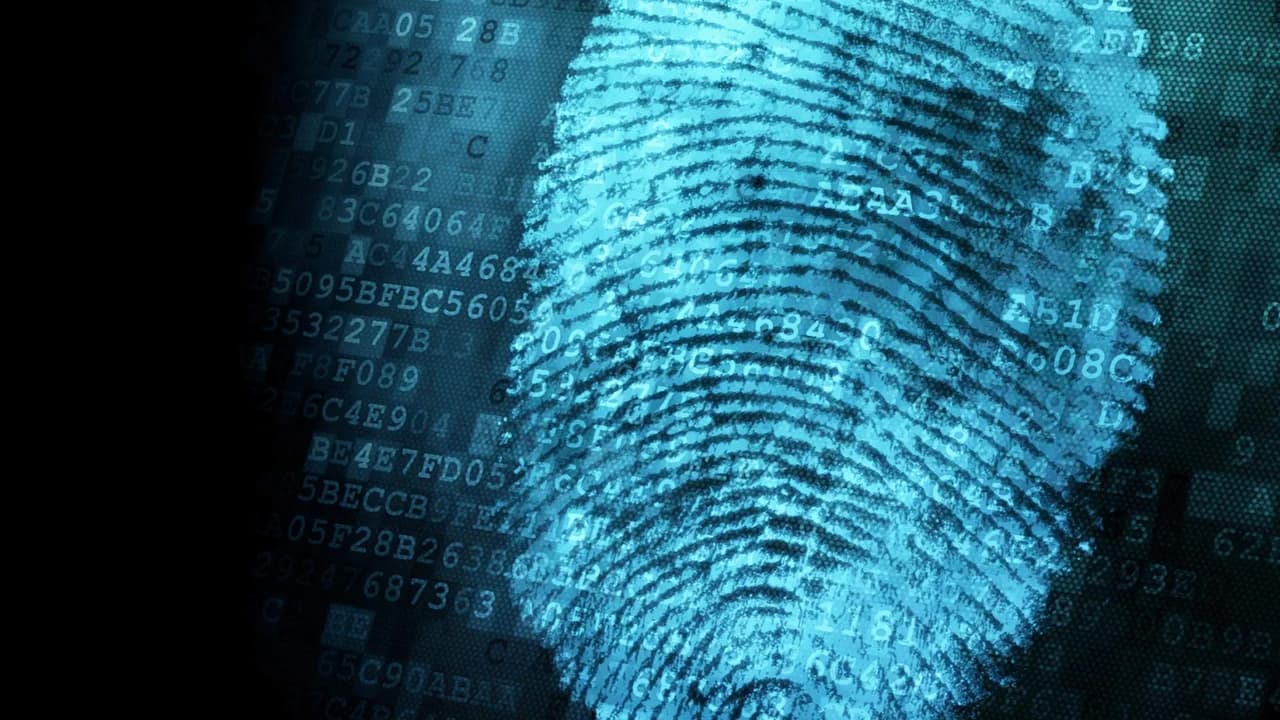
The New Detectives: Case Studies in Forensic Science is a documentary true crime television show that aired two to three different cases in forensic science per episode.
Watch NowWith 30 Day Free Trial!
The New Detectives
1996 / TV-PG

The New Detectives: Case Studies in Forensic Science is a documentary true crime television show that aired two to three different cases in forensic science per episode.
Watch Trailer
With 30 Day Free Trial!
The New Detectives Season 7 Full Episode Guide
Philadelphia’s Vidocq Society, named after an 18th century French detective, is one of the world’s most unusual crime-solving organizations – a members-only club made up of forensic professionals. Witness these sleuths solve impossible cases.
When teenagers are driven to kill, their victims are not the only ones to suffer from their violent crime. In three such cases, the families of the killers and their communities become victims of these young criminals.
Photography has long been a fundamental tool in homicide investigations. A single image can hold enough information to identify a suspect and preserve vital clues long after a witness’s memory fades.
For the forensic entomologist, insects that nest in corpses are like witnesses to the crime. By studying their behavior, scientists learn everything -- from when a murder was committed to what sort of weapon was used.
A millionaire is murdered for a stash of buried treasure. A young woman dates violent men, only to be killed by her best friend. When real crimes are stranger than fiction, forensic science can sort fact from fantasy.
A teenager is abducted on a shopping trip. Two hikers go missing on the Appalachian Trail. A grandmother never returns home from work. Forensic artists turn witness statements into pictures to recreate the face of their killers.
Sometimes, the wrong people are punished for crimes they did not commit. Forensic scientists use DNA analysis to overturn convictions of these innocent men and women who have spent years behind bars.
The elements of nature can reduce a body to bones in a matter of weeks. Combining art and science, forensic anthropologists can give victims a face long after they’ve been forgotten.
Forensic scientists find clues written in blood as they investigate the murders of three women who were killed by men who once loved them.
Years after a murder has been committed, investigators use modern technology and advanced DNA analysis to shed new light on crimes that have gone unpunished for far too long.
The law enforcement agency of the United States Navy and Marine Corps uses forensic science to solve perplexing murders and fulfill their motto: “To the living we owe respect; to the dead, we owe the truth.”
Investigators rely on forensic odontology – the examination of dental evidence – to identify a body from a single tooth and to catch two ruthless killers from their bite marks.
The tread of a tire, a single shoe print or even the shape of a bruise can help investigators track down murderers.
When abduction turns to murder, forensic science is a vital key to finding justice for the victims of a kidnapper’s deadly intentions.
Sometimes, seemingly small and insignificant clues – three hairs, microscopic fibers, a paint chip – become a victim’s silent witness and help solve even the most baffling of cases.
When theft is committed, something valuable is stolen. But when a criminal needs a new identity, theft becomes lethal.
When a killer turns a gun on a victim, ballistic analysis is key to cracking the case. Each shot fired leaves behind its own clues, allowing scientists to target murderers with deadly aim.
For homicide investigators, it’s a race against time when they track their deadliest foe: a serial killer who murders to feel alive.
Free Trial Channels
Seasons


























